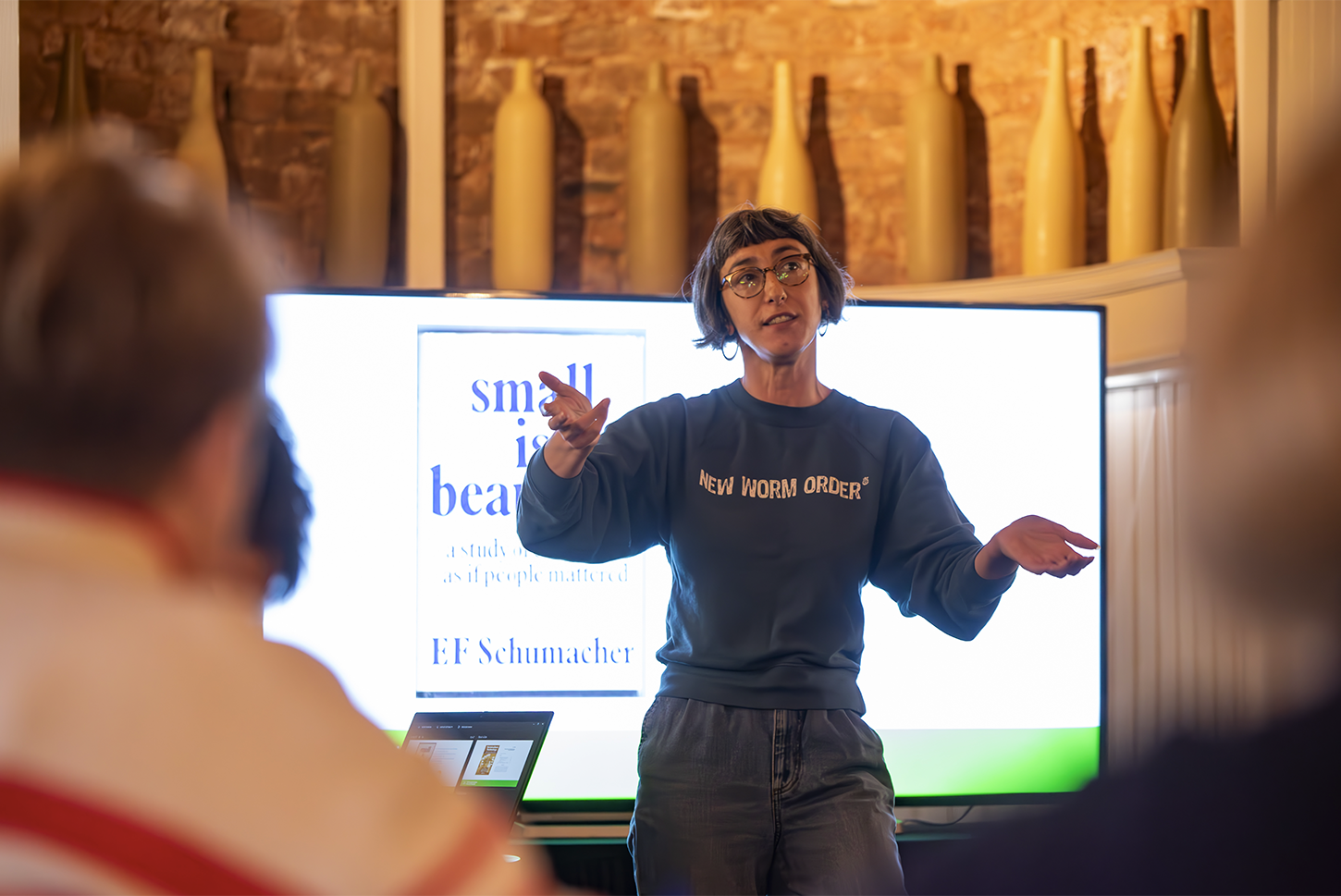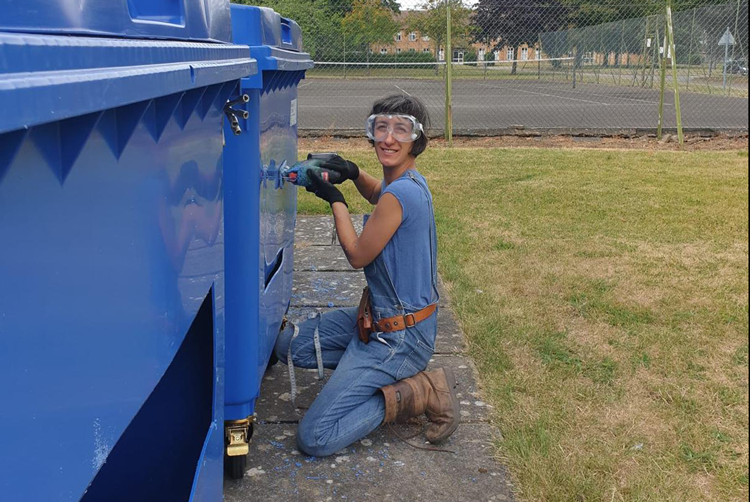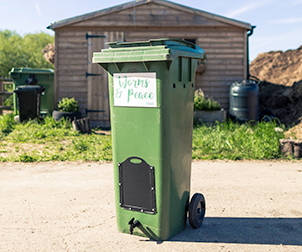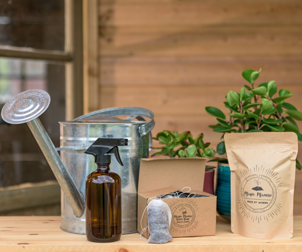
The Urban Worm CIC is a social enterprise that exists to support and inspire households, businesses, institutions and communities to embrace worm farming as a low cost and low tech solution for transforming kitchen and organic waste into the most nutrient-rich fertiliser in the world.
Worm manure is teeming with beneficial microorganisms, and contains all 14 nutrients essential for healthy plant growth and disease suppression. Composting worms have the capacity to reduce organic waste volume by up to 90%. No matter what your available space - from a kitchen cupboard to a field - there is a worm farm waiting for you.
Shop
Join the worm farming revolution with our bucket & wheelie bin conversion kits and Magic Manure artisan products.
Worms are more powerful than the African elephant and more important to the economy than the cow.
Receive news, workshop updates, tips & tricks for worm farmers plus exclusive discount codes for The Urban Worm shop. We will only send you one email per month and you can unsubscribe at any time.
Workshops
Whether you are hosting a community event or a workplace Lunch and Learn we can tailor the perfect worm farming session for you, from hands on DIY building sessions to lively talks. We have delivered workshops to over 3,000 people since 2013 from school children to international business leaders; we were born to share the love of worms with you.

Services

Worm Farming FAQ
Not sure where to start? Already started and got stuck? The Urban Worm’s FAQ, based on discussions we have had with aspiring and new worm farmers around the world, available here at the click of a button.
Infographics & Illustrated Guides
There is no god dare wrong a worm.
Contact Options
info@theurbanworm.co.uk
telephone: 07902 460848
The Urban Worm CIC
FarmEco
Lodge Lane
Screveton
NG13 8JL





















